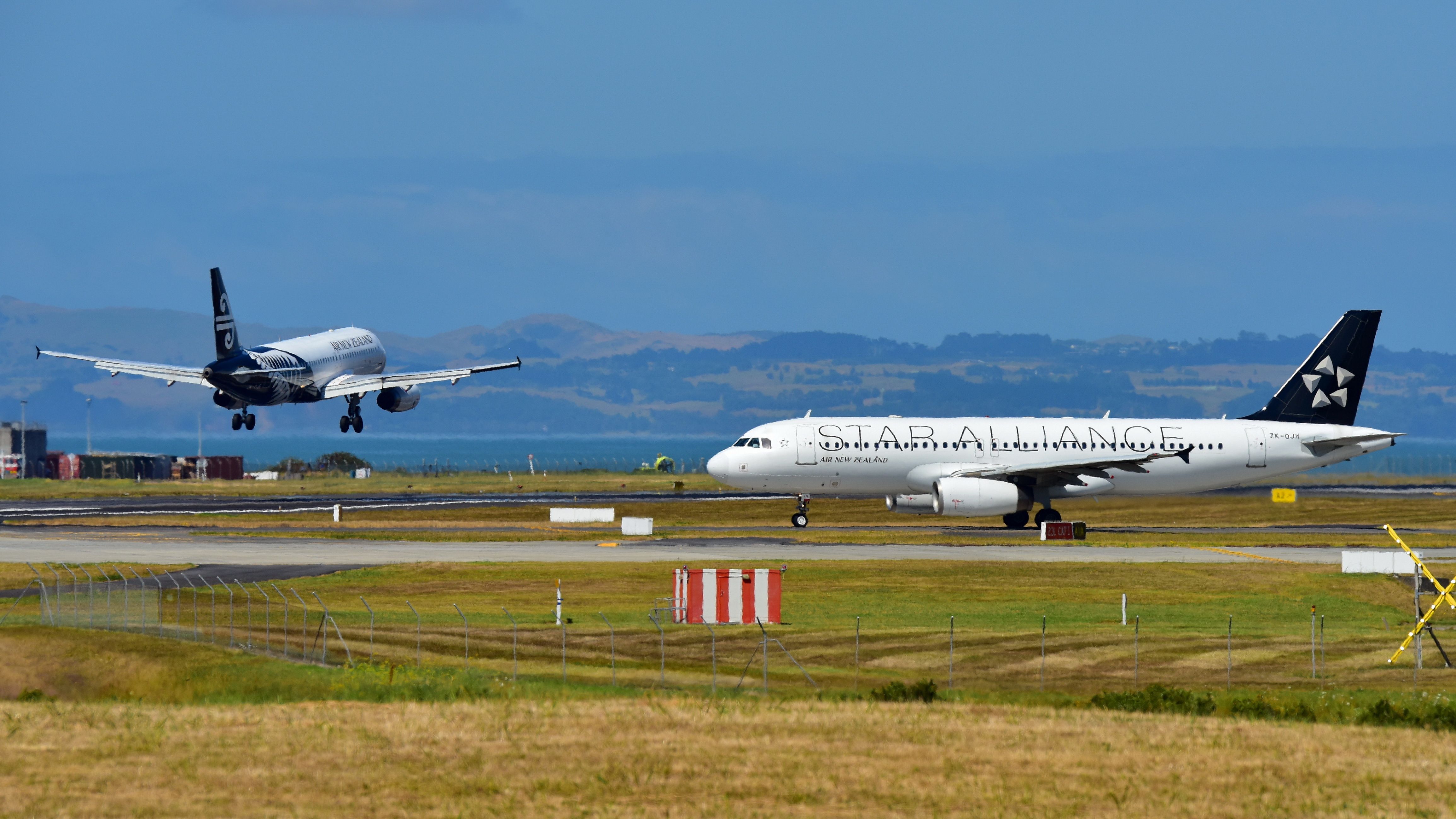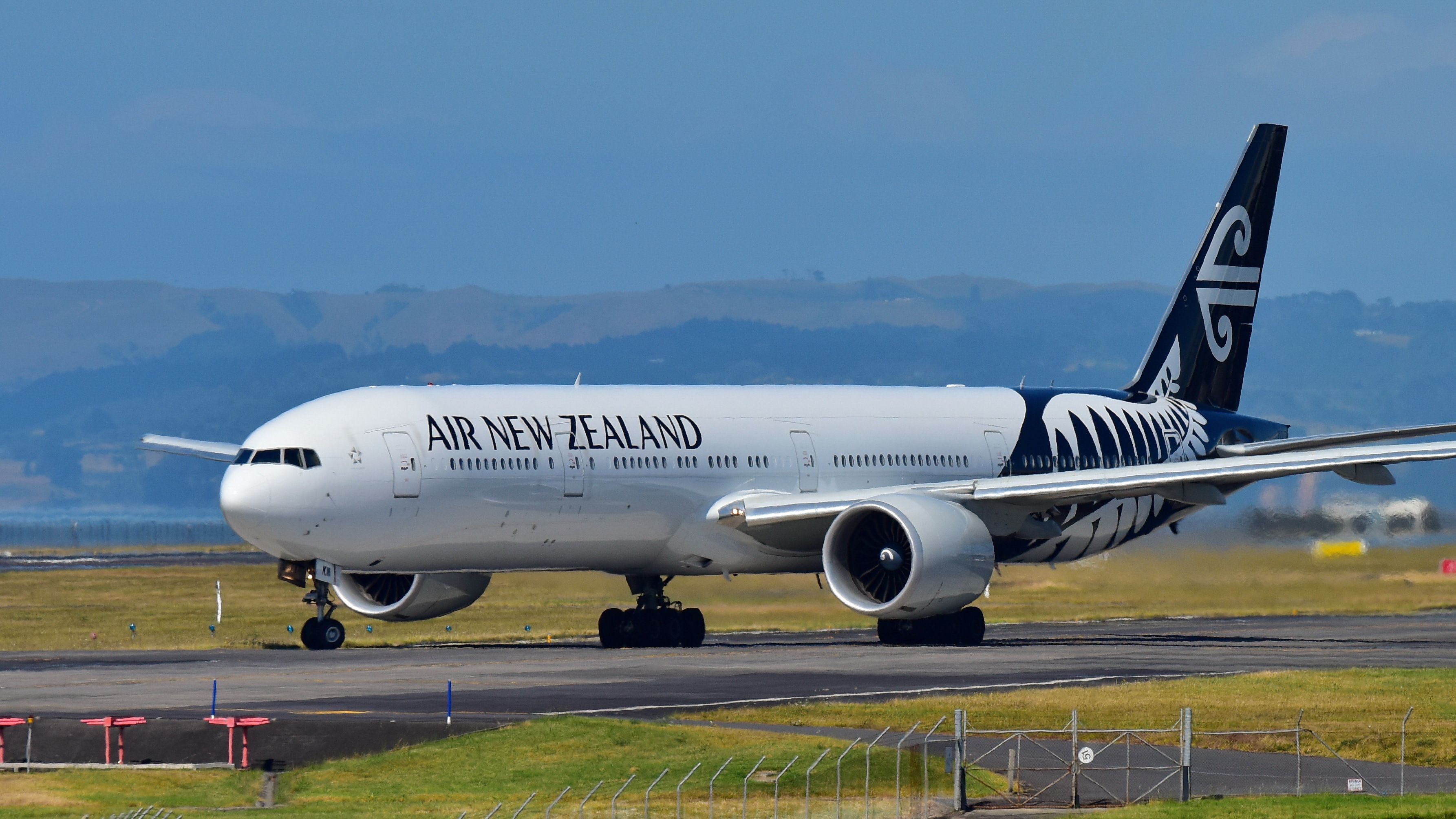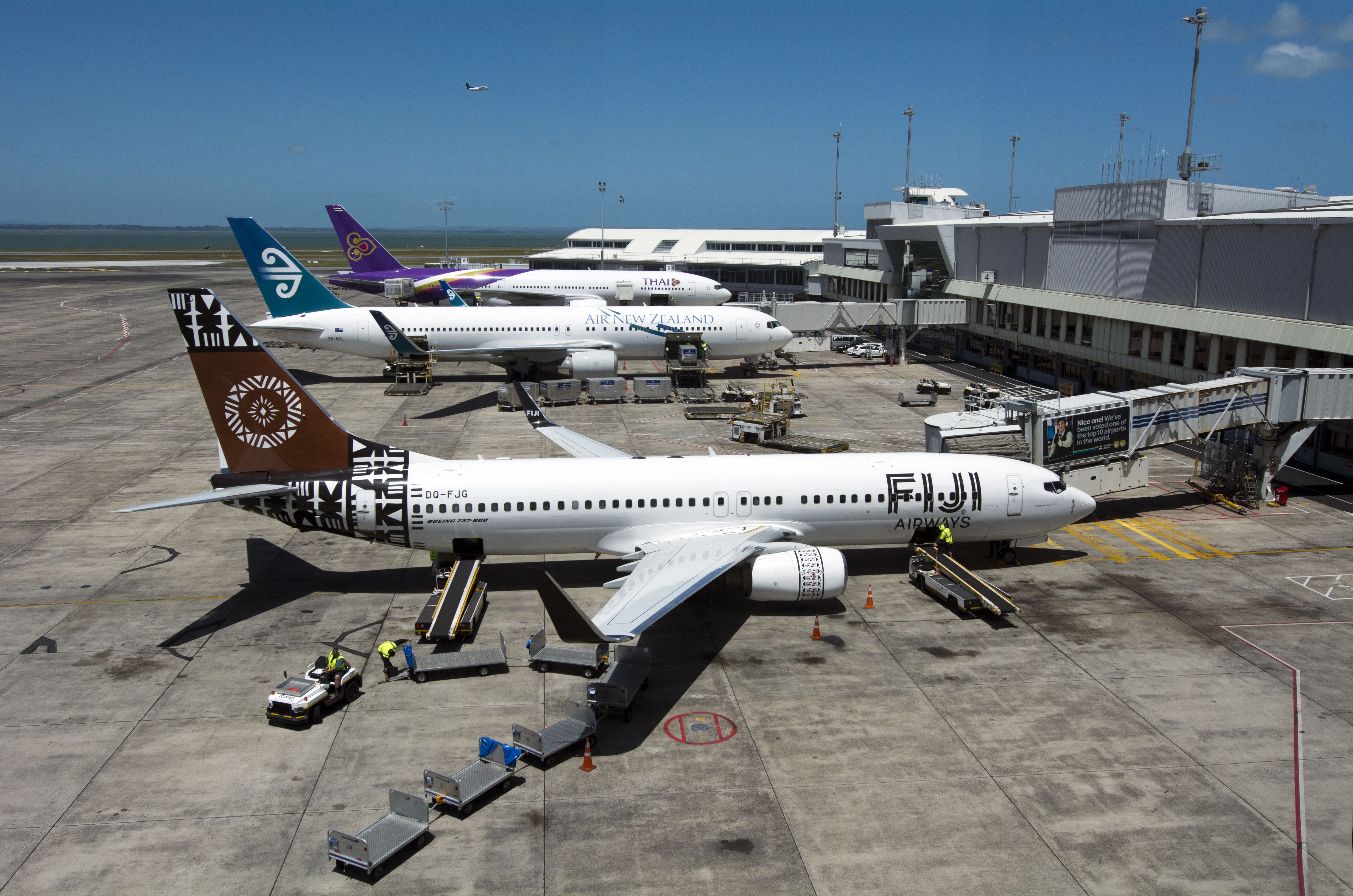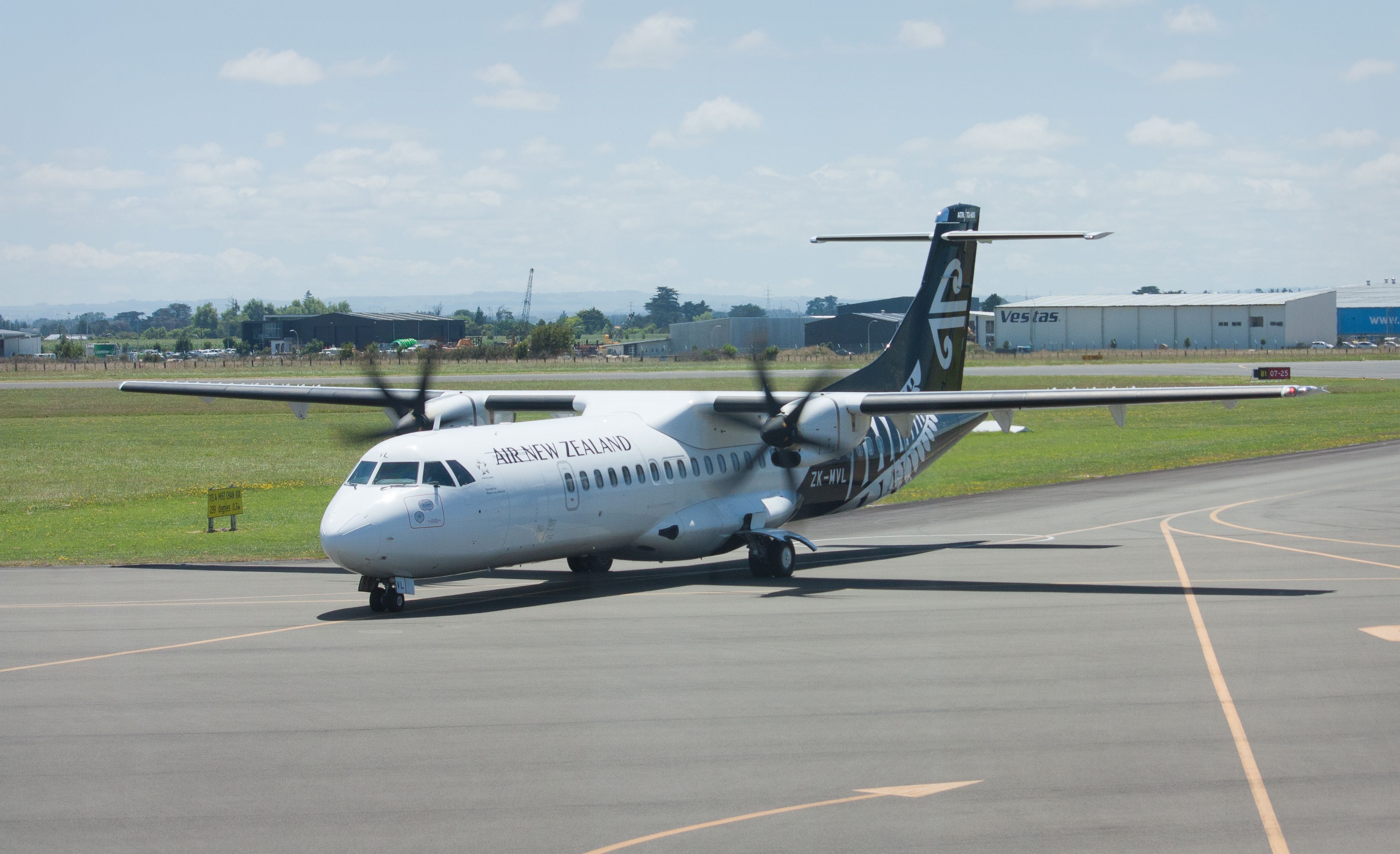The aviation industry globally, like many other industries, is on a mission to reduce its carbon emissions. As an entity, aviation has set a goal to reach net zero carbon by 2050. This will be harder for some countries than others. One surprising case is New Zealand, where aviation emissions are especially high.
High aviation emissions
A recent report published in the Journal of the Royal Society of New Zealand highlights the unusual situation in New Zealand. According to the 2022 report by two of the country's university academics, the country currently has the sixth-highest rate of aviation-derived greenhouse gas emissions per capita globally. At a rate of around one tonne of carbon dioxide, this is ten times the global average.
The rate of increase in emissions, and the impact of aviation, has been significant too. Emissions increased 116% between 1990 and 2019. As a proportion of all emissions, aviation increased from 8% to 12% over the same period. For comparison, the global overall increase was from 2.3% to 2.8%.
Get the latest aviation news straight to your inbox: Sign up for our newsletters today.
Strong international and domestic travel
When you think of the location and nature of the country, this high emissions rate is not a surprise. Aviation, of course, plays a vital part in connecting the relatively isolated country and accounts for almost all tourist arrivals.
An increasingly globally distributed population is also a factor – the report authors (Paul Callister from the Institute of Governance and Policy Studies, Victoria University of Wellington, and Robert McLachlan from Massey University's School of Mathematical and Computational Sciences) cite almost as much international travel by residents for visiting friends and family overseas as for vacation (36% versus 42%). As further evidence of this, the proportion of the population born overseas rose from 17.5% in 1996 to 27.4% in 2018.
While the international aviation scene makes sense, the domestic travel situation is less obvious. This is also relatively high in New Zealand. Report authors cite national demographics here, again with significantly dispersed families throughout the country. The lack of alternative, or fast, transport for some journeys (especially longer journeys and trips between the islands).
Falling prices and rising incomes
Alongside this desire and need to travel, air travel has become more affordable, increasing travel volumes. According to the same report, airfares have fallen by around 70% (in real terms) over the last 30 years. Rising incomes over the period have also reduced this relative price further and made travel more accessible.
Discover more aviation news for Australia and Oceania here
Can New Zealand achieve reduction targets?
With these high emissions levels, it will be harder for New Zealand to reduce emissions than it will for many other countries. In 2021, Air New Zealand published a sustainability report showing how it would aim to reach net zero emissions by 2050. This assumes a passenger volume increase of 70% by then, with reductions coming from SAF use, carbon offsetting, improvement in aircraft efficiency, and the introduction of new electric (or hydrogen) aircraft.
A major part of this reduction (up to half) would come from the use of Sustainable Aviation Fuel (SAF). This requires significant support from the government, and further investment, to establish a large domestic SAF industry. Such high change remains uncertain, with the government due to report further on it this year.
The impact of electric or hydrogen-powered aircraft is also somewhat uncertain – as it does in other countries. Commercial use of these alternatives remains to be seen, and some early proposals for electric aircraft in the country have already been dropped. The Royal Society of New Zealand report also notes a particular challenge in New Zealand with power availability. The authors claim that 2050 electricity requirements will be extraordinarily challenging to reach. Again, significant investment and development are going to be needed here.
Changing the targets
Overall, it could be very challenging for New Zealand to reduce its emissions sufficiently by the time required. Alternatives will take time to be developed and make a meaningful difference, and you can’t expect the country's demographics to change materially.
The targets may have to change. Consideration is underway by the government about whether to change the targets (in particular, the extent to which international aviation and shipping should be included in 2050 targets), and more is expected in 2024.
Would you like to discuss more about New Zealand’s carbon emissions or its net zero plans? Feel free to do so in the comments section.
Sources: Journal of the Royal Society of New Zealand (report in October 2022)




